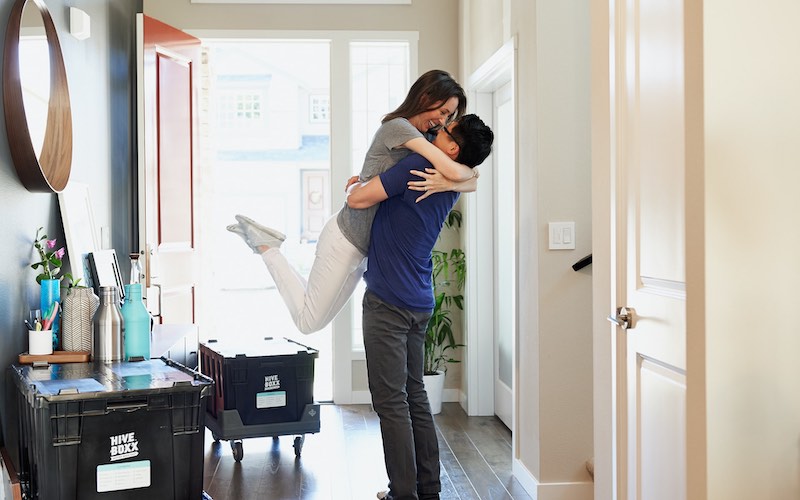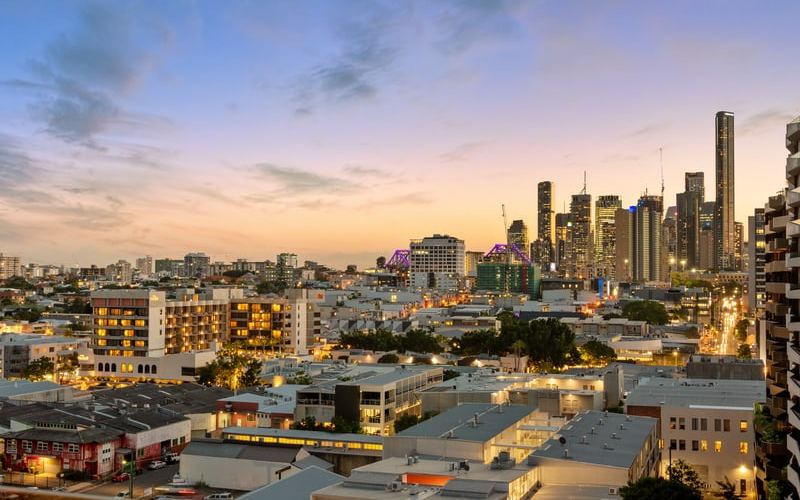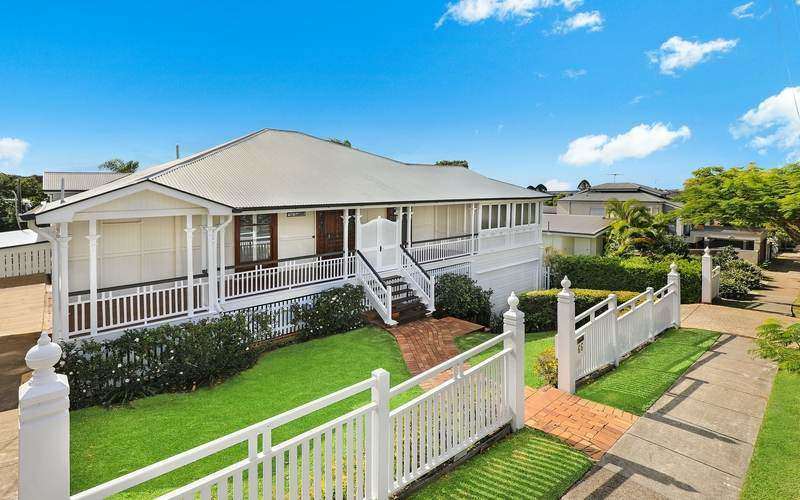It's the third consecutive month of declines but is a marginal improvement on the 0.7% decline seen in June.
Of the eight capital cities, only Canberra and Adelaide saw a rise in values, up 0.6% and 0.1% respectively, while Melbourne and Sydney led the decline, down 1.2% and 0.9% each.
Regional markets have shown to be more resilient to falling values compared to their capital city counterparts, with housing values across combined regional areas unchanged, compared with a 0.8% fall across the combined capital cities.
Buying a home or looking to refinance? The table below features home loans with some of the lowest variable interest rates on the market for owner-occupiers.
| Lender | Home Loan | Interest Rate | Comparison Rate* | Monthly Repayment | Repayment type | Rate Type | Offset | Redraw | Ongoing Fees | Upfront Fees | Max LVR | Lump Sum Repayment | Extra Repayments | Split Loan Option | Tags | Features | Link | Compare | Promoted Product | Disclosure |
|---|---|---|---|---|---|---|---|---|---|---|---|---|---|---|---|---|---|---|---|---|
5.54% p.a. | 5.58% p.a. | $2,852 | Principal & Interest | Variable | $0 | $530 | 90% |
| Promoted | Disclosure | ||||||||||
5.49% p.a. | 5.40% p.a. | $2,836 | Principal & Interest | Variable | $0 | $0 | 80% |
| Promoted | Disclosure | ||||||||||
5.64% p.a. | 5.89% p.a. | $2,883 | Principal & Interest | Variable | $250 | $250 | 60% |
| Promoted | Disclosure | ||||||||||
5.64% p.a. | 5.89% p.a. | $2,883 | Principal & Interest | Variable | $248 | $350 | 60% |
| Disclosure |
CoreLogic head of research Tim Lawless said housing markets across the country have remained relatively resilient to the impact of COVID-19.
“The impact from COVID-19 on housing values has been orderly to-date, with CoreLogic’s national index falling only 1.6% since the recent high in April and housing turnover has recovered quickly after it’s sharp fall in late March and April," Mr Lawless said.
“Record low interest rates, government support and loan repayment holidays for distressed borrowers have helped to insulate the housing market from a more significant downturn.
"Advertised supply levels have remained tight, with the total number of properties for sale falling a further 4.3% in the 4 weeks to July 27th, sitting 15.2% below where they were this time last year.
"Additionally, increased demand driven by housing specific incentives from both federal and state governments, especially for first home buyers, have become more substantial.”
Change in dwelling values as at July 31, 2020
|
|
Month |
Quarter |
Annual |
Total return |
Median value |
|
Sydney |
-0.9% |
-2.1% |
12.1% |
15.3% |
$866,110 |
|
Melbourne |
-1.2% |
-3.2% |
8.7% |
12.3% |
$678,334 |
|
Brisbane |
-0.4% |
-0.9% |
3.8% |
7.7% |
$502,167 |
|
Adelaide |
0.1% |
0.3% |
2.4% |
6.8% |
$441,826 |
|
Perth |
-0.6% |
-2.2% |
-2.5% |
1.6% |
$439,092 |
|
Hobart |
-0.2% |
0.9% |
5.9% |
11.5% |
$486,771 |
|
Darwin |
-0.3% |
-1.6% |
-2.2% |
4.5% |
$384,533 |
|
Canberra |
0.6% |
1.3% |
7.2% |
12.2% |
$641,360 |
|
Combined capitals |
-0.8% |
-2.0% |
7.9% |
11.5% |
$637,270 |
|
Combined regional |
0.0% |
-0.1% |
3.9% |
8.7% |
$395,129 |
|
National |
-0.6% |
-1.6% |
7.1% |
10.9% |
$552,912 |
Source: CoreLogic
But Mr Lawless said with the staggered end to JobKeeper and JobSeeker beginning in October, and home loan repayment holidays ending in March, the outlook for the market was skewed to the downside.
“Urgent sales are likely to become more common as we approach these milestones, which will test the market’s resilience," he said.
"Similarly, the recent concerns of a second wave of the virus and the potential for renewed border closures and stricter social distancing policies are likely to further push consumer sentiment down.
"This is likely to weigh on both home buying and selling activity more broadly.”
High-end Sydney and Melbourne housing leads the downturn
In Sydney, upper-quartile values were down 2.5% over the past four months, while lower quartile values were virtually flat at 0.1%.
Similarly, over the same period in Melbourne, upper-quartile values were down 5.2% while lower quartile values have declined a more modest 1.2%.
This quartile of housing led the charge of skyrocketing housing in the latter of half of 2019 and early 2020.
Mr Lawless said more expensive housing markets were often the most susceptible to price swings.
“Higher value markets tend to be more reactive to changes in the economic environment, having led both the upswing and the downturn over previous cycles," he said.
"The COVID related downturn has seen this trend playing out again, with upper quartile values down 2.9% across the combined capital city index since the end of March, while lower quartile values have fallen by only 0.5%."
Rental rates continue to slump
Rental rates continued to trend lower in July, with the weakest conditions found in Hobart, Sydney and Melbourne.
The unit sector drove the biggest falls.
Since March, capital city house rents have fallen by 0.3% while over the same period, unit rents have dropped 2.6%.
Hobart has seen the biggest falls in rent since March, with house rents down 2.0% and unit rents down 4.4%.
Mr Lawless said weaker rental conditions were most evident in markets affected by border closures and supply additions.
“Some inner-city areas of Melbourne and Sydney have seen rental listings more than double since March due to the combined effect of temporary migrants departing, and overseas arrivals, including foreign students, stalling," Mr Lawless said.
"Compounding this weak demand position is the surge in construction activity and investment over previous years, which has added to inner-city rental supply."
Mr Lawless added Airbnbs being added to the rental market, and workers worst affected by restrictions were contributors to poor rental conditions.
“Anecdotally, the transition of short-term accommodation, namely Airbnb, to permanent rentals is temporarily adding to supply," he said.
"Additionally, the significant employment decline across food and accommodation services, arts and recreation services is compounding the weak rental demand as these sectors workers are more likely to rent.
"To date these sectors have seen the largest number of job losses and impact to wages."

Ready, Set, Buy!
Learn everything you need to know about buying property – from choosing the right property and home loan, to the purchasing process, tips to save money and more!
With bonus Q&A sheet and Crossword!
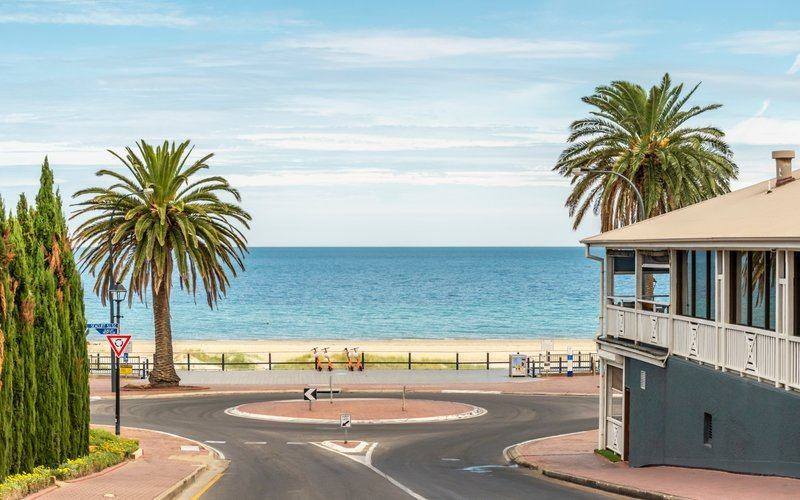






 Harry O'Sullivan
Harry O'Sullivan

 Denise Raward
Denise Raward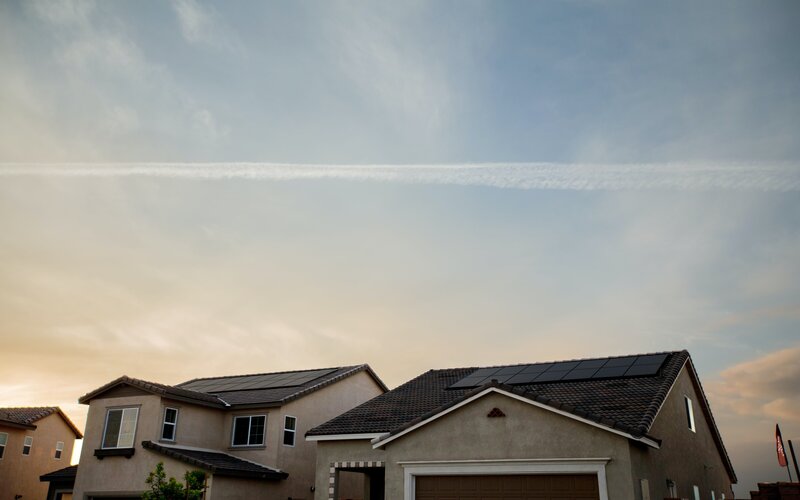
 Rachel Horan
Rachel Horan